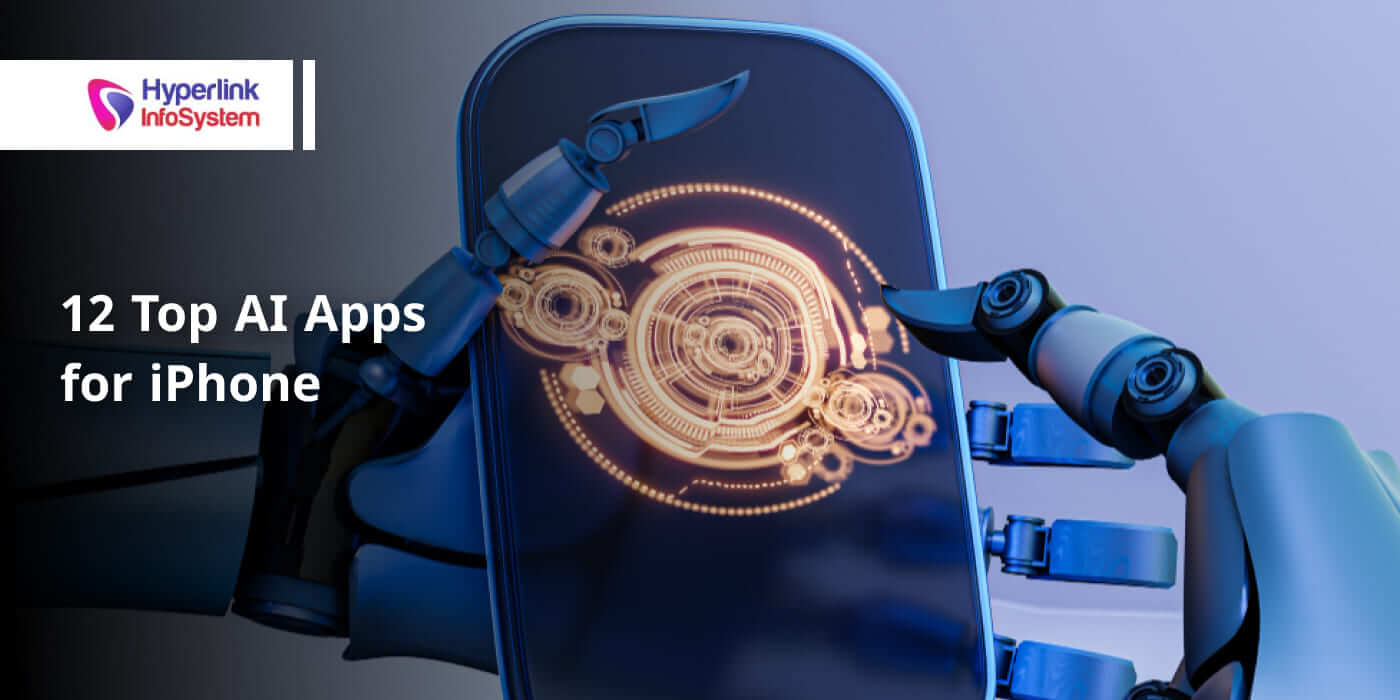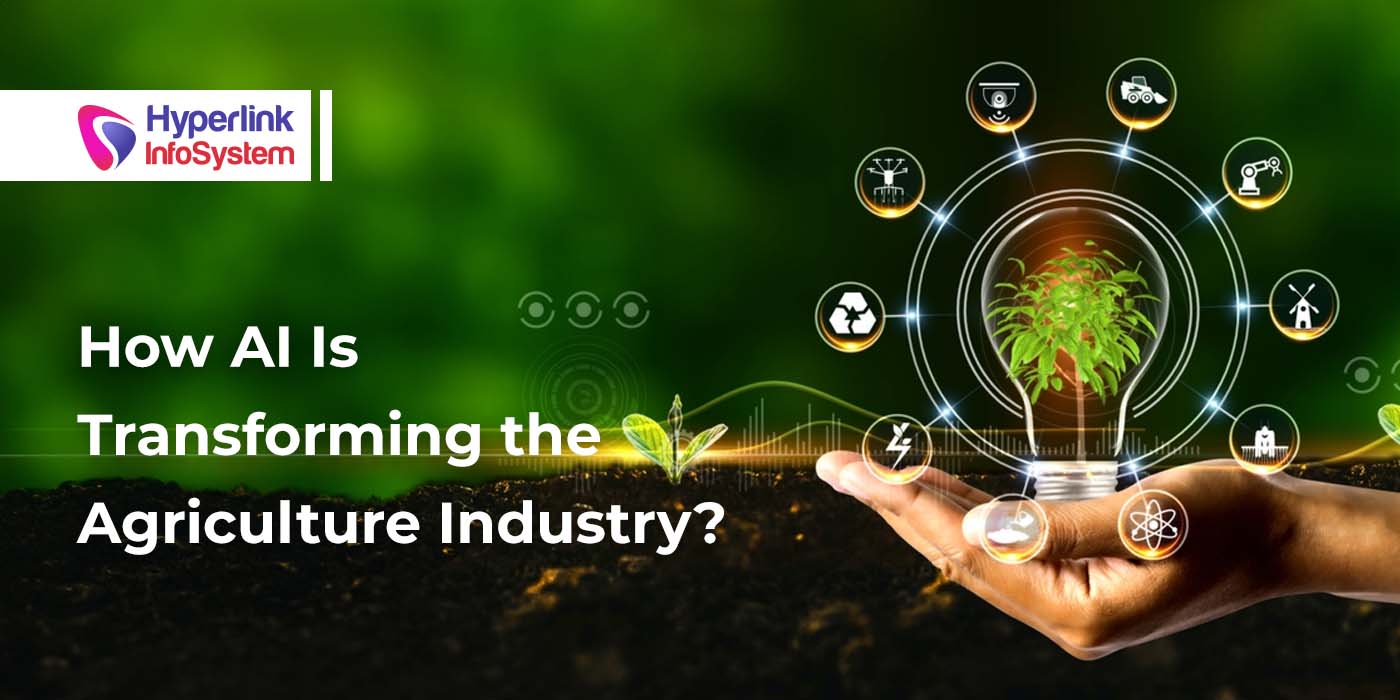Explore Prototype Model in Software Engineering
Oct 2022
4 Prototype Models in Software Engineering
- Quickly Destroyed Prototypes
- Evolutionary Prototype
- Incremental Prototype
- Radical Prototype
1) Quickly Disposable Prototype
2) Evolutionary Prototype
3) Incremental Prototype
4) Radical Prototype
- All of the pages in the basic prototype are available in HTML format.
- With the use of a prototype services layer, data processing may be simulated.
- The final prototype incorporates the services and has them in place.
Guidelines for Prototyping In Software Engineering
- When the requirements are ambiguous, prototyping should be used.
- It is crucial to carry out controlled and planned prototyping.
- The project must have regular meetings to stay on schedule and prevent expensive delays.
- Users and designers should be aware of the problems and risks with prototyping.
- A prototype needs to be approved fairly early on, and only then can the team proceed to the next stage.
- If new ideas need to be implemented, you shouldn't be scared to revise previous selections when using the software prototyping approach.
- For each version, you ought to pick the right step size.
- Early implementation of crucial features will ensure that your system will still be valuable if you run out of time.
Also Read: Importance Of Application Software: A Complete Guide
The Prototyping Model's Benefits
- Quicker user feedback aids in the creation of better software solutions.
- Enables the user to determine whether the program code and the software specification match.
- It aids in identifying any systemic functionality that is lacking.
- Additionally, it detects challenging or complex functions.
- Promotes inventiveness and adaptable design.
- It is simple to understand because the model is simple.
- No requirement for qualified professionals to construct the model
- Users have an active role in the development process.
- Since prototyping is also regarded as a risk-reduction activity, it helps to identify missing features and lower the chance of failure.
- Aids good communication among team members
- Because the buyer can immediately feel the product, there is customer satisfaction.
- There won't be many opportunities for software rejection.
Also Read: Software Development Life Cycle: Everything You Need To Know In 2023
Challenges with the Prototyping Model
- It is quite challenging for software engineers to implement all the changes that clients want.
- Customers may believe that they will soon receive the real thing after seeing an early prototype.
- If the client is unhappy with the initial prototype, he or she can lose interest in the finished product.
- Rapid prototype development may lead to the creation of subpar development solutions by developers.
- The prototyping process is laborious and slow.
- Since a prototype is ultimately discarded, the investment in creating one is completely wasted.
- The use of prototypes might induce too many change requests.
- Customers occasionally might not want to take part in an iteration cycle for a longer period of time.
- When the customer evaluates the prototype repeatedly, there can be much too many modifications in the software requirements.
- Inadequate documentation as a result of shifting consumer demands.
Latest Blogs
Is BlockChain Technology Worth The H ...
Unfolds The Revolutionary & Versatility Of Blockchain Technology ...

IoT Technology - A Future In Making ...
Everything You Need To Know About IoT Technology ...

Feel Free to Contact Us!
We would be happy to hear from you, please fill in the form below or mail us your requirements on info@hyperlinkinfosystem.com
Hyperlink InfoSystem Bring Transformation For Global Businesses
Starting from listening to your business problems to delivering accurate solutions; we make sure to follow industry-specific standards and combine them with our technical knowledge, development expertise, and extensive research.
4500+
Apps Developed
1200+
Developers
2200+
Websites Designed
140+
Games Developed
120+
AI & IoT Solutions
2700+
Happy Clients
120+
Salesforce Solutions

40+
Data Science





















